What is the modern home audio and video complex? Today is a system of devices combined into a common home network. She, in turn, can be part of a smart home.


Photo: shutterstock / fotodom.ru
Combining all multimedia devices into a single network gives the user a very wide opportunity for a comfortable viewing and listening to the information in demand. We used to be surrounded by separate devices: here's the receiver, here is the TV, here is a tape recorder. Each of them performed its function: Want to watch the news - get it comfortable with the TV, and you want to listen to the radio - the receiver to your services. And although attempts to combine several devices were made long ago and repeatedly (let's remember at least a variety of "musical combines"), but the full association happens only now.
Multifunctional Audovovideo Center can be built on the basis of a central controller - a control computer that performs the functions of the distribution device, and in some modifications - the converter and signal amplifier. Such a module takes quite a bit of space and can be placed, for example, in a distribution panel on a DIN rail.
Control devices are connected to the module (these are mobile devices: tablets, smartphones, a smart home control panel or remote controls), sources of signals and devices for playing them. You get information in digital format from outside (via the Internet, television tuner or satellite dispenser), with a DVD or Blu-ray player or from a home server on which records are stored. Commands from a smartphone or tablet fall into the main module through the Wi-Fi access point or via the Internet. Through the controller, the information is transmitted to the reproducing device: an acoustic system, a TV or a video projector.
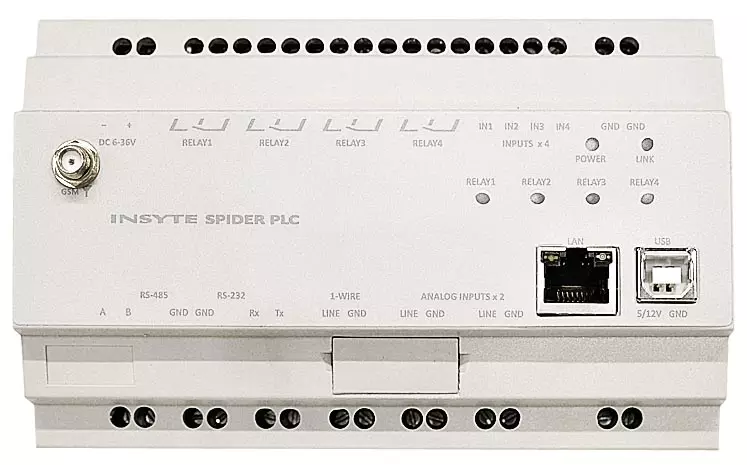
Elements of the system Multiform: Central controller. Photo: Insyte.
Such systems are distinguished by extreme flexibility - it can be connected to various modules that support both wired data transmission protocols (for example, KNX, Landrive) and wireless (ZigBee). The average cost of such a system is from several tens to several hundred thousand rubles, depending on the complexity. This cost includes the price of the controller, power supply unit and some other modules needed to work.
Additional devices
What devices will we need for a multimedia system besides a central controller, its power supply and modules that are responsible for receiving and transmitting signals? First of all, this is a router that connects the home computer network to the Internet channel. Today, the Internet can replace many devices, acting as a source of digital radio, television gear, various video broadcasts. Also in it, you can store information - "cloud" Google services cope with it no worse than ordinary home multimedia servers. However, the latter has its advantages, for example, high data exchange rate. In addition, they can be used in the absence of an Internet connection. Therefore, many users prefer to spend 10-20 thousand rubles. and acquire a computer for home storage media files.
Blu-ray players are used as a source of signals. These devices are widely used including to play Ultra-HD video, which is not always possible to see the Internet directly through the Internet. The latest Blu-ray players are supported both wired and wireless data transmission. So, using the SAMSUNG M9500 UHD-Blu-Ray player, users will be able to view the selected Blu-Ray content on their mobile devices.
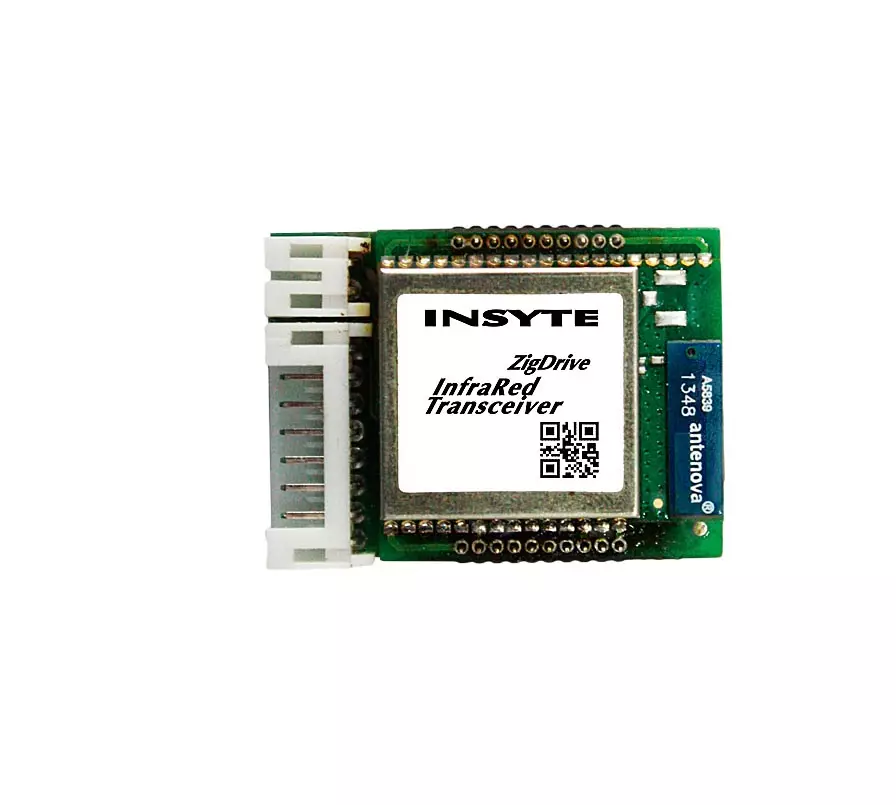
IR transceiver working on ZigBee data transmission protocol. Photo: Insyte.
To play sound, wired acoustic systems connected using audio cables were traditionally used. In the multicamo, it is often preferred by embedded acoustic systems, the design of which allows you to hide and loudspeakers, and supply cables of low-shock wiring. This option is very good from the point of view of aesthetics, but it has loudspeakers in it are tightly tied to the place of installation, and it is not always convenient.
A more flexible option is to arrange the domestic wiring of audio cables to which loudspeakers are connected through switching audiosects. In this case, the loudspeakers are not built into the walls, they can if necessary, move from place to place. In a similar way, you can remove from the eye. Down and other cables, such as an antenna or computer wire. Accordingly, the walls will be installed sockets with connectors for connecting acoustic systems, antennas, HDMI cables or other switching options.
Today, for most multimedia devices, a digital method of encoding information is used, which, unlike analog, is not afraid of a close neighborhood of low-current and power wiring. However, in recent years, more and more wireless speakers are manufactured. These are separate corpus loudspeakers, and entire complexes - sound panels equipped with tens of loudspeakers. A large number of loudspeakers and computer processing can achieve unprecedented accuracy in localization of virtual sound objects.
For example, Dolby ATMOS technology allows you to move the sound focus in three dimensions and place it in a precisely specified location, including above the head of the listener, to achieve a realistic and exciting sound picture and more bright perception.





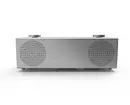

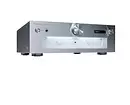
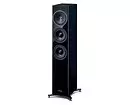



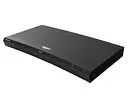
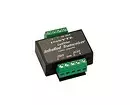
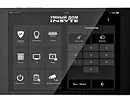

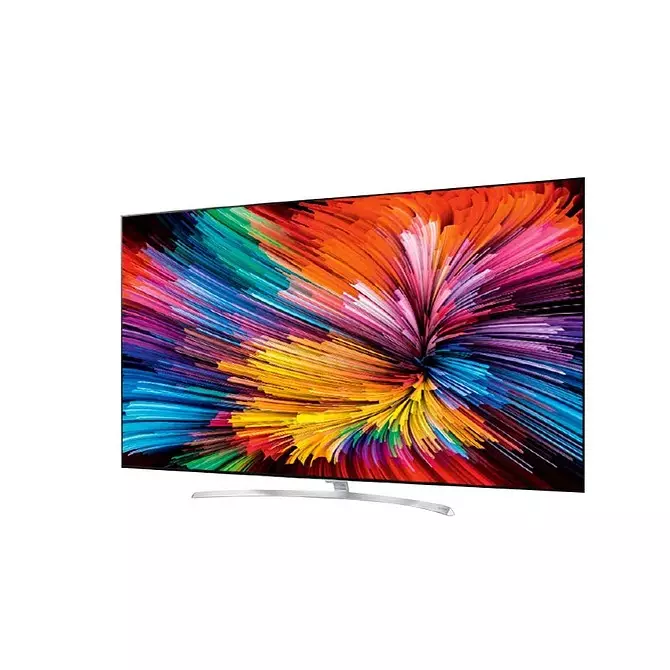
Super-UHD-TV LG based on Nano Cell technology. Photo: LG.
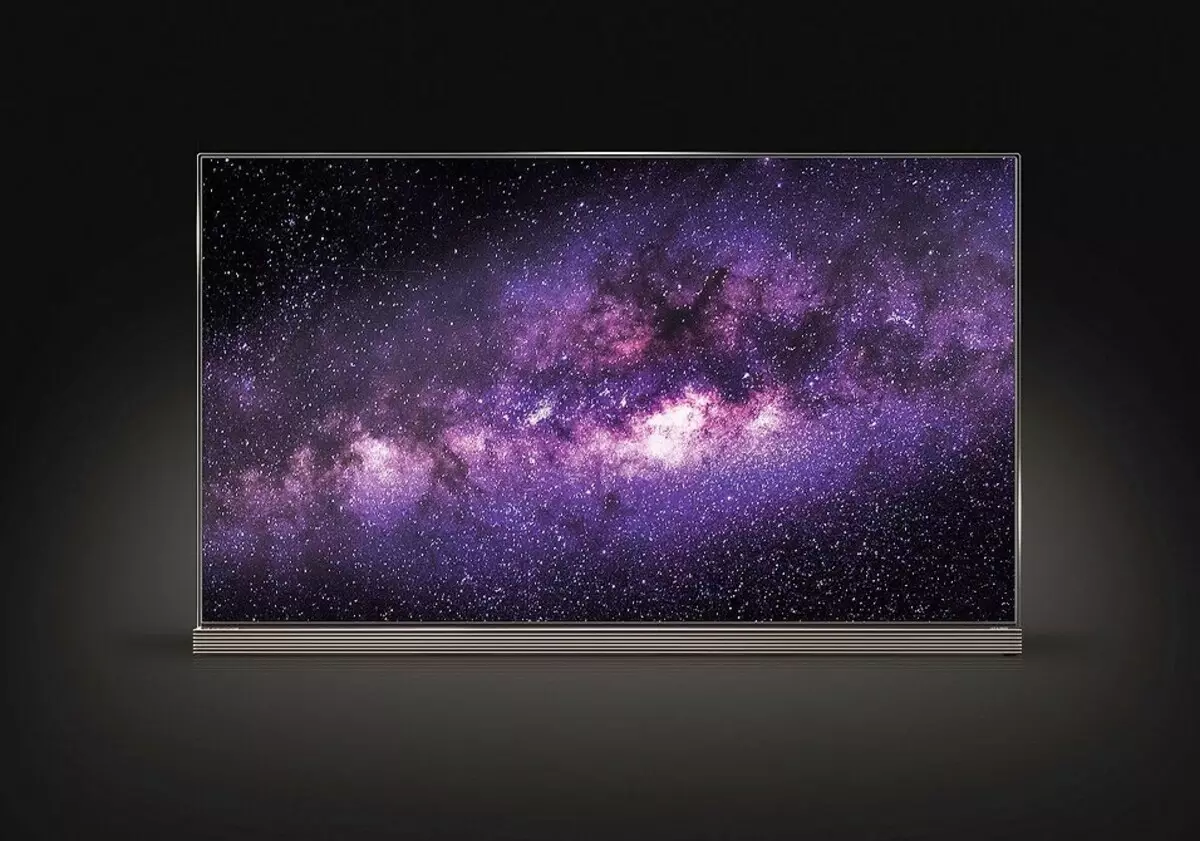
OLED TV LG Signature. Photo: LG.

Stand under OLED TV with saunbar. Photo: LG.
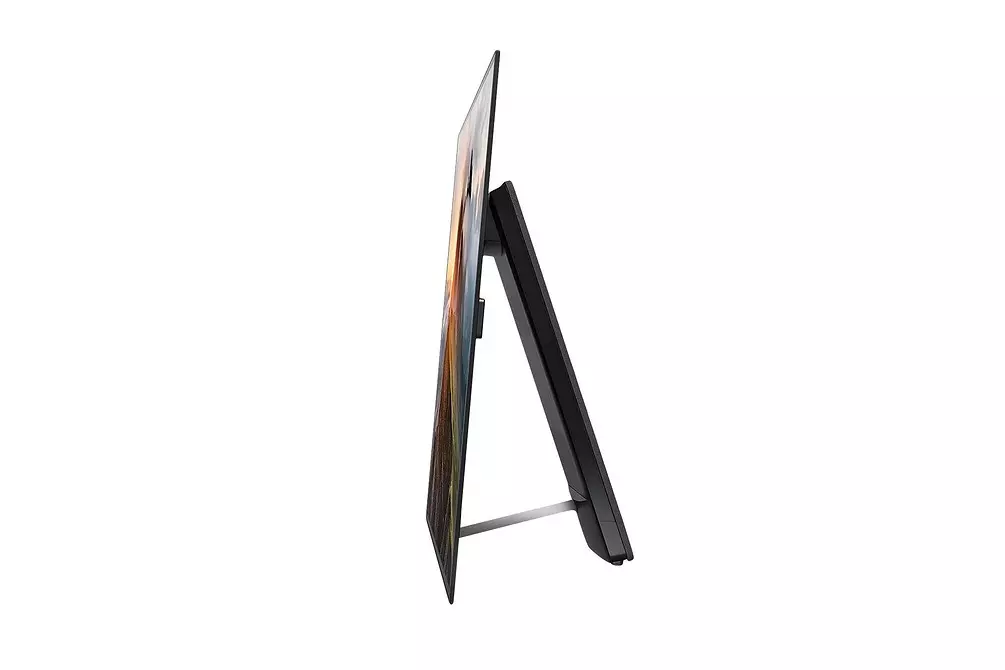
TV BRAVIA OLED A1 Series (Sony) with Acoustic Surface technology. Photo: Sony
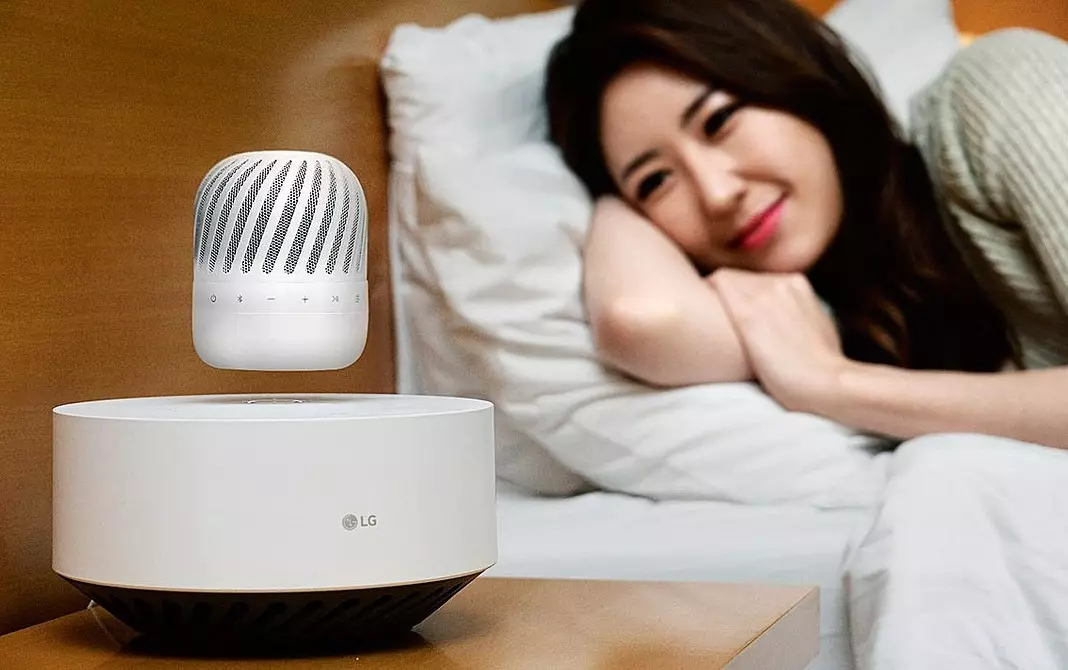
Portable levitating column PJ9 (LG). Photo: LG.
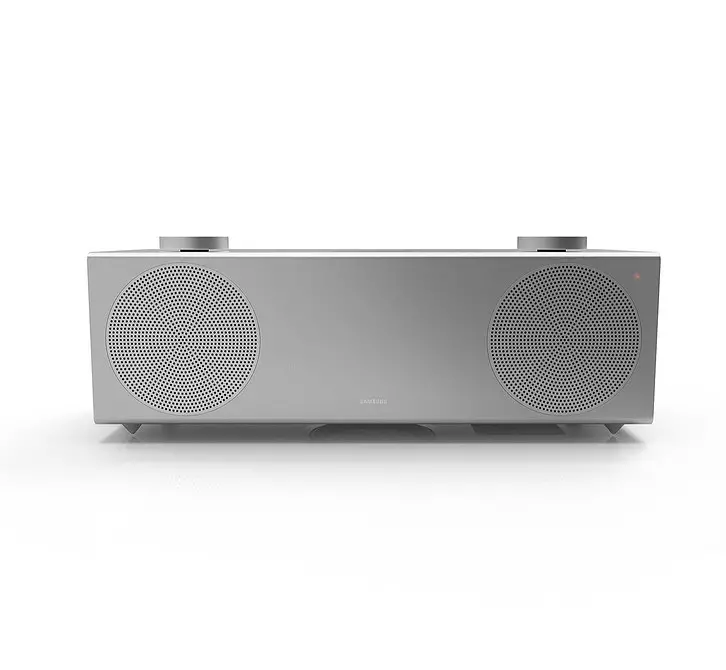
Wireless audio H7 (Samsung). Photo: samsung

Huawei MediaPad M3 tablet with high sound quality. Photo: Huawei.
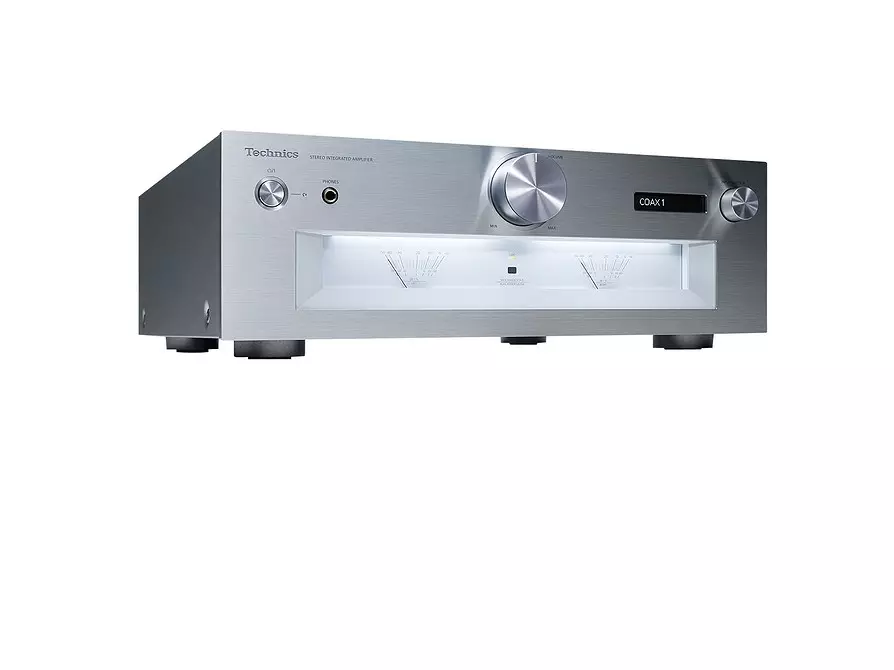
Integral amplifier Grand Class SU-G700. Photo: Panasonic
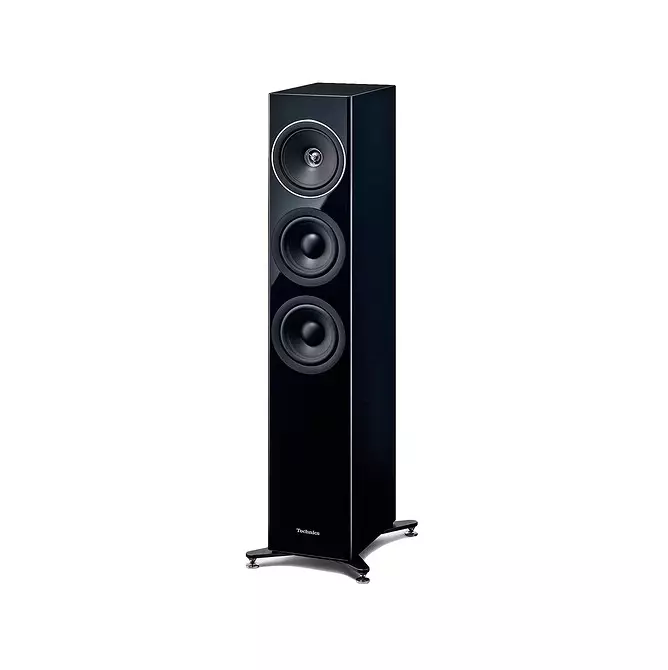
SB-G90 loudspeaker (Technics). Photo: Panasonic

Short-phocus PH450UG-GL (LG) projector. Photo: LG.
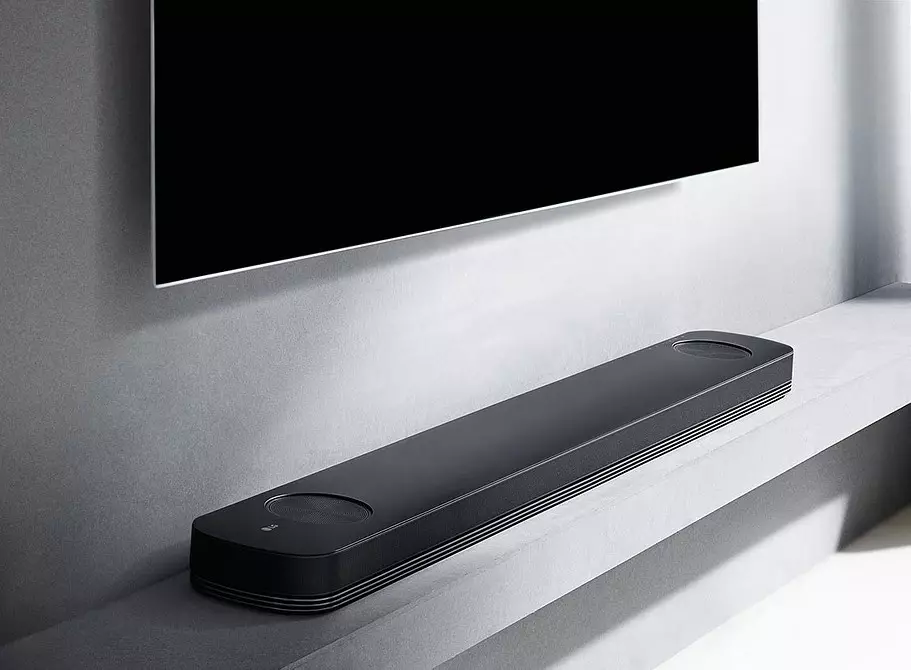
LG SJ9 sound panel with Dolby ATMOS technology. Photo: LG.
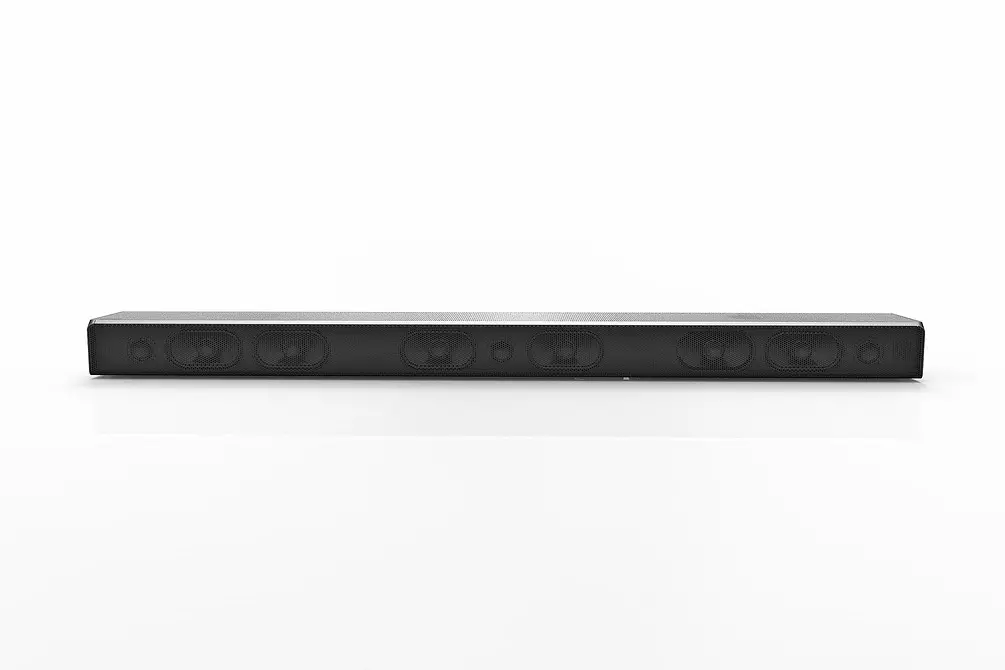
In the SAMSUNG MS750 Soundbar, the subwoofer is embedded in the main unit. Photo: samsung
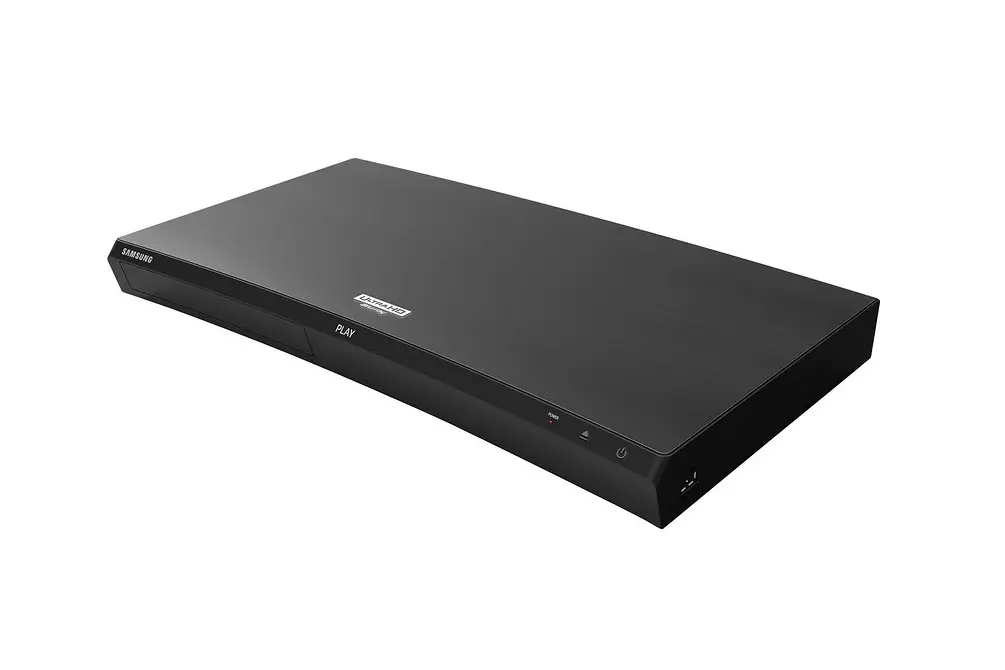
UHD-Blu-ray player Samsung M9500. Photo: samsung
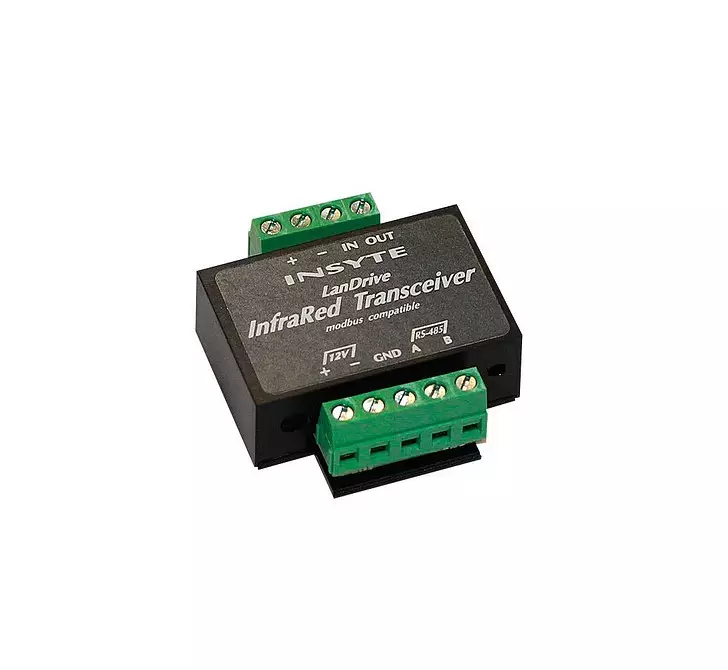
IR transceiver, a special module for transmitting IR audio and video engineering commands. Photo: Insyte.
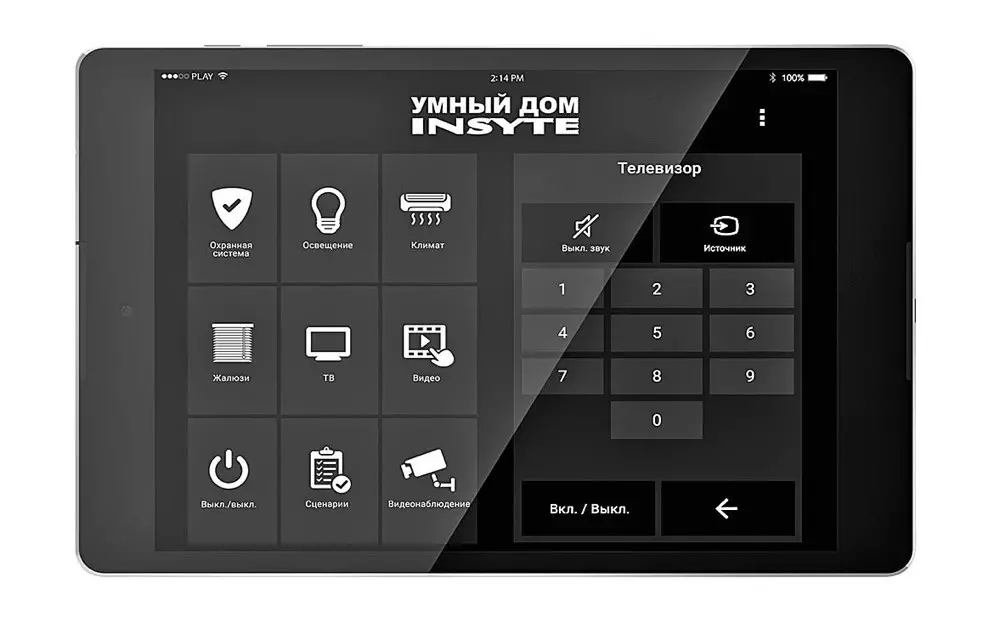
Multimedia devices can be controlled as using a general portable control panel. Photo: Insyte.

Multimedia devices can be controlled from its personal smartphone. Photo: Insyte.
Quality playback clip art
To play the picture you will need a TV or video projector. The device requires the ability to play video with the highest resolution as much as possible - at least Full HD (1920 × 1080 pixels), and ideally - Ultra HD with four times the best resolution. Of course, there must be in stock HDMI input (it is practically in all modern models), and two such inputs are desirable or more, and it is not bad for connecting and synchronizing the audio signal so that one of them is HDMI ARC (with a reversible sound channel).
As for the support of stereo imagery - this function loses its popularity (after all, the view 3D, especially long, with the current technologies is not very comfortable physically), the number of 3D TV models is reduced by all manufacturers. In recent years, televisions with a diagonal screen of 65-70 inches have become more affordable at prices (you can find models with a diagonal of 65 inches in 70-80 thousand rubles), so they are increasingly used and as a source of image in home theatrical initial cinemas and the average price level. And for more expensive projects, you can recommend the top models of TVs with a screen diagonal of about 80 inches.
The cost of such TVs is measured by hundreds of thousands of rubles, but they give pictures of impeccable quality. For example, such quality provides an OLED TV LG Signature OLED77G7 with a 77-inch screen diagonal and a resolution of 3840 × 2160 pixels. Each pixel has its own independent illumination, which makes it possible to transmit both the thinnest shades and the deepest black color. And in the collection of 4K-HDR-TVs SONY BRAVIA OLED (Series A1), a combination of high-quality OLED display, an X1 Extreme processor and a unique speaker system are used. In these TVs, the sound is emitted not by speakers, but the entire plane of the screen (Acoustic Surface technology).
Thus, the picture and sound support is perceived as a whole, it will certainly appreciate the lovers of homemade films. In addition, the Acoustic Surface technology made it possible to abandon the usual placement of the speakers on the contour of the case and apply advanced design solutions. The result was the original appearance of the TV without the usual stand. Alternatively, you can use the video projector. Now there are many types of projectors that differ in the method of playing a signal, system characteristics and other parameters.
5 useful functions of the multimedia system
- Voice control of all audio video equipment.
- Automatic control of music, TV, scenario players, depending on the date, the date, the event, etc.
- Scenario "Home Cinema", it includes a technique, opens the screen, muffles the light, closes the curtains.
- Automatic shutdown when leaving home.
- Additional scenarios ("Concert Hall", "Party", etc.).

